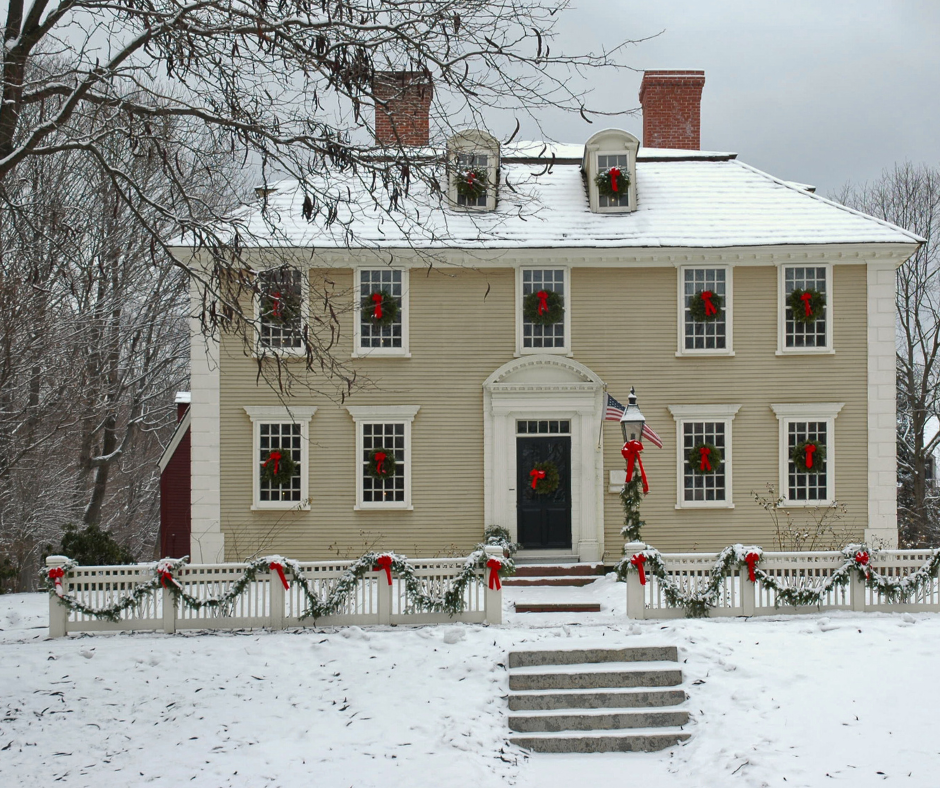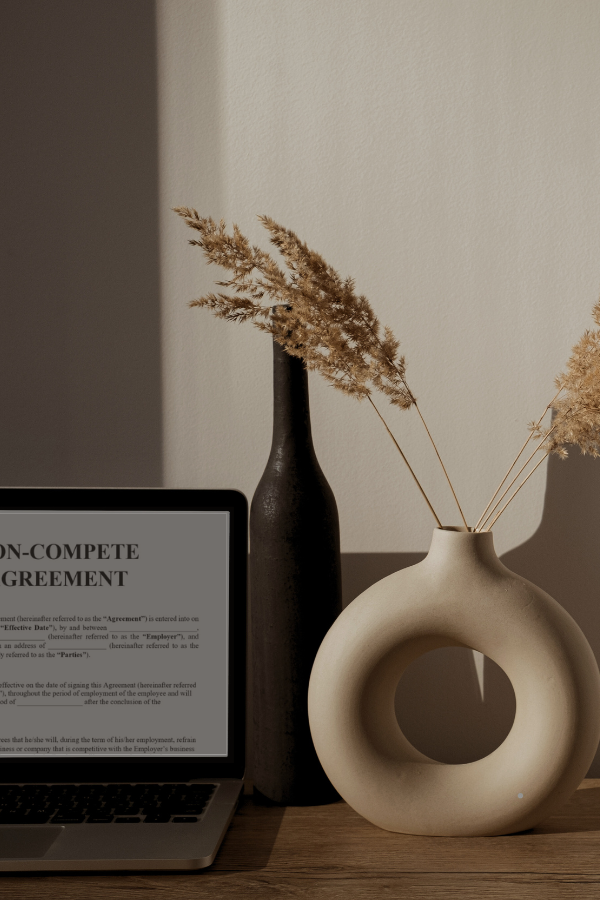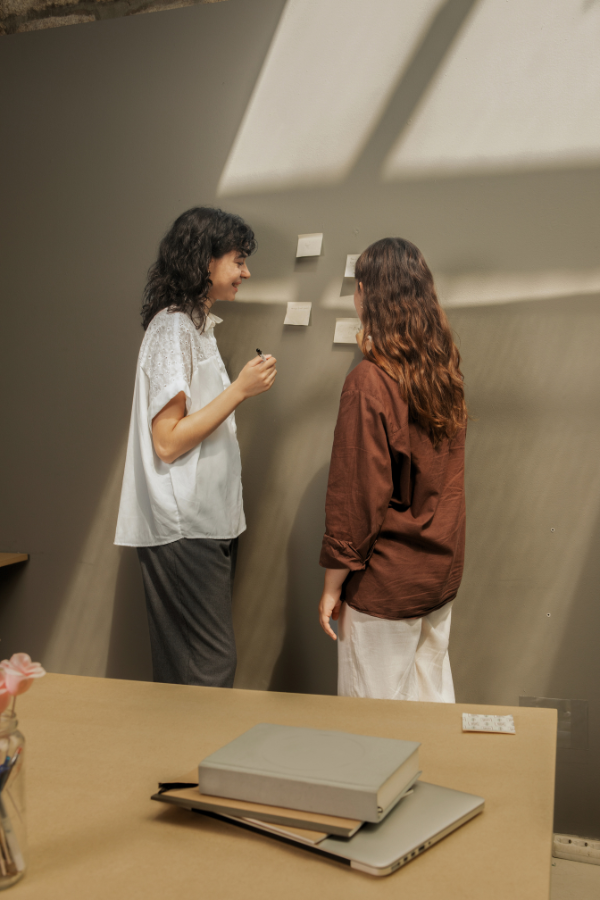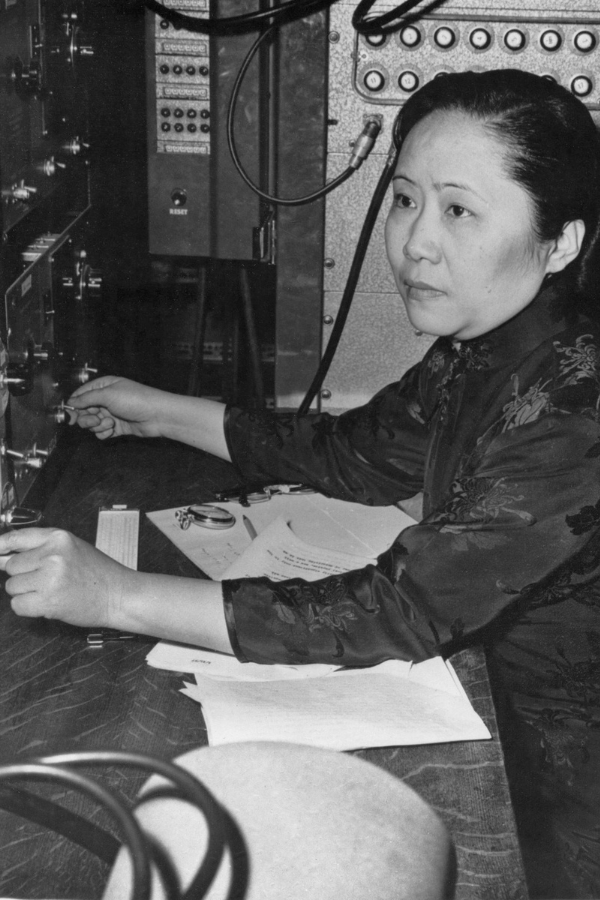
Chien-Shiung Wu: More Than a Nobel Prize in Nuclear Physics
Summary
Reflection Questions
Journal Prompt
Chinese-American physicist Chien-Shiung Wu played an important role in disproving the Law of Conservation of Parity, which reshaped our understanding of the atomic world. However, her exclusion from the 1957 Nobel Prize in Physics, awarded for theoretical work related to her experiments, casts a long shadow, highlighting enduring issues of gender bias in the scientific community. This oversight is not singular. Historically, women like Marie Curie, Maria Goeppert Mayer, and Donna Strickland, though recognized with Nobels in Physics or Chemistry, represent a small fraction of laureates in a field where many women have made substantial contributions yet remained largely unrecognized. Let’s explore the life and work of an incredible scientist who deserved more recognition during her lifetime.
The Physicist’s Early Life and Education
Chien-Shiung Wu’s journey in physics began in Liuhe, a small town in China, where she was born in 1912. The daughter of a progressive father who believed in strong education for girls, Wu’s academic path was notably encouraged in a time when such support was not the norm for women. This familial backing was pivotal, fostering her burgeoning interest in science.
After initial schooling in her hometown, Wu attended the National Central University in Nanjing, where she earned her undergraduate degree. Her academic prowess was evident early on, laying the foundation for a stellar career that would later take her across continents.
Her move to the United States for further studies marked the beginning of a remarkable journey in the world of physics, with her eventual teaching roles at prestigious institutions like Smith College and Princeton University, not just marking her academic progress but also breaking gender barriers in these renowned halls of learning. At Princeton, she became the first women to teach in the Physics Department. She later worked at Columbia University, a position through which she participated in the Manhattan Project.
Her Education in China and the United States
Wu’s educational trajectory took a significant turn with her arrival in the United States, where she intended to pursue graduate studies in physics, a field that had captivated her interest from her early days at the National Central University.
At the University of California, Berkeley, Wu delved deep into experimental physics, a field that would define her career. Here, she was not just a student but a burgeoning physicist, developing a keen acumen for intricate scientific experiments. Her time at Berkeley was also a period of cultural adaptation and personal development.
Wu’s transition from the educational system in China to the highly competitive environment of Berkeley was marked by determination and a relentless pursuit of knowledge. This phase of her education laid the groundwork for her future contributions to nuclear physics, a testament to her unwavering commitment to the discipline she chose to master.
Wu’s Major Scientific Contributions
Work on the Manhattan Project
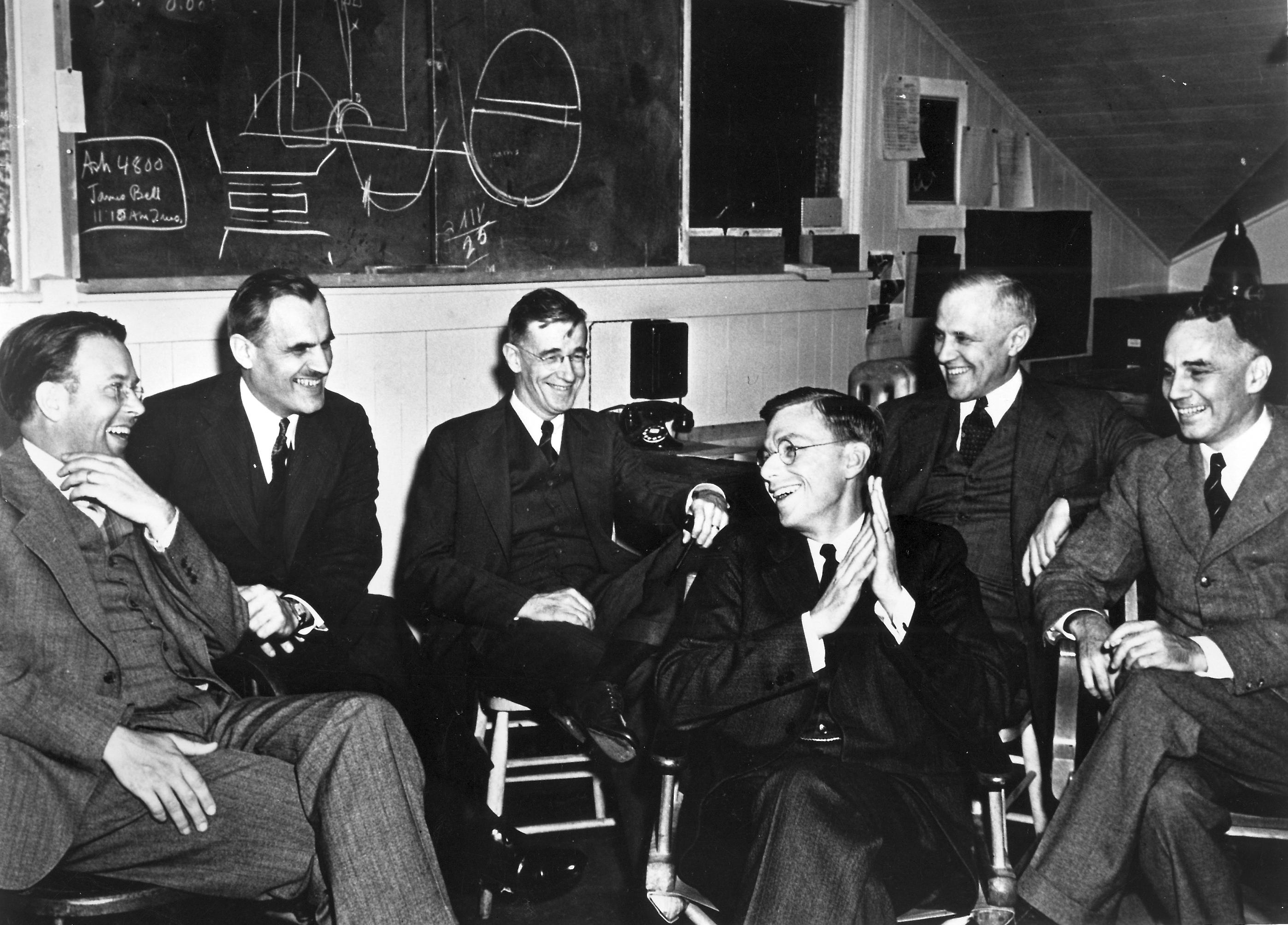
During World War II, Chien-Shiung Wu made a significant transition from academia to a more applied role in the field of physics. She joined the Manhattan Project, the United States’ secret endeavor to develop atomic weapons. At Columbia University, Wu’s expertise was pivotal in solving critical problems related to uranium enrichment and radiation detection.
Her work, primarily focused on improving the process of gaseous diffusion for uranium isotope separation, was integral to the project’s success. This period was marked by intense research and development, where Wu’s skills in experimental physics were put to a rigorous test. Her contributions, though crucial to the project, were a prelude to the more groundbreaking work she would undertake in the post-war years, cementing her status as a leading physicist of her time.
Disproving the Law of Conservation of Parity
Chien-Shiung Wu’s most notable scientific achievement came in the realm of nuclear physics with her experiments disproving the Law of Conservation of Parity. This law, a fundamental principle in physics, had held that certain physical processes were symmetrical and would behave the same way if observed in a mirror.
In collaboration with theoretical physicists Tsung-Dao Lee and Chen-Ning Yang, Wu designed and conducted a series of meticulous experiments using cobalt-60 atoms at low temperatures. Her experiments revealed that the behavior of these atoms during beta decay did not conform to the law, demonstrating a clear violation of parity conservation.
The Wu Experiment
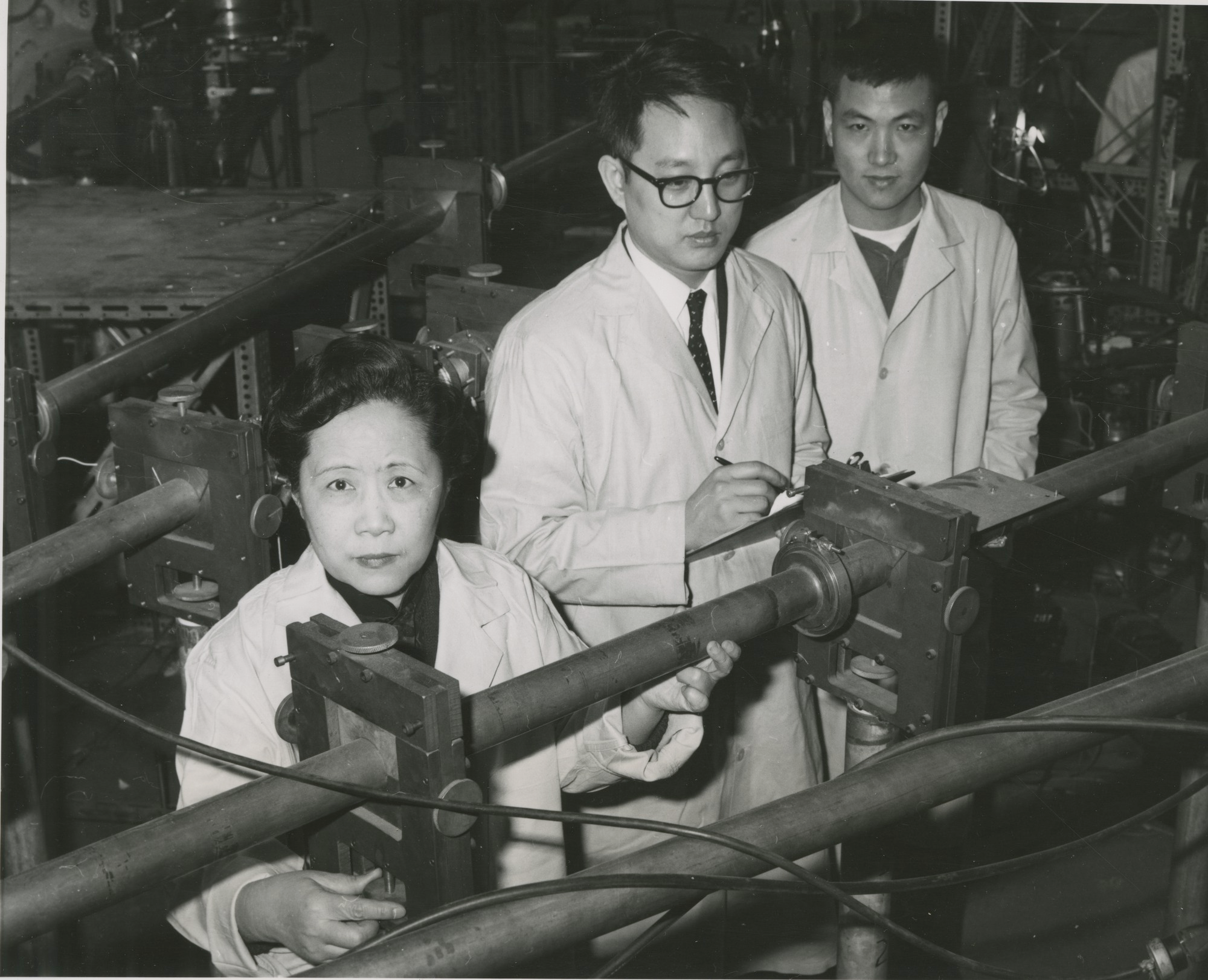
“The Wu Experiment,” conducted by physicist Chien-Shiung Wu, was a groundbreaking experiment in nuclear physics that played a crucial role in disproving the Law of Conservation of Parity. This law previously suggested that physical processes occur in the same way if a system is replaced by its mirror image (parity).
This experiment, conducted in 1956, was pivotal in the field of nuclear physics. It led to Tsung-Dao Lee and Chen-Ning Yang being awarded the Nobel Prize in Physics in 1957 for their theoretical predictions related to the violation of parity. Chien-Shiung Wu’s critical experimental work provided the necessary proof of their theories but, notably, she was not included in the Nobel recognition, an oversight often cited as an example of gender bias in the scientific community at the time.
Other Significant Research and Discoveries
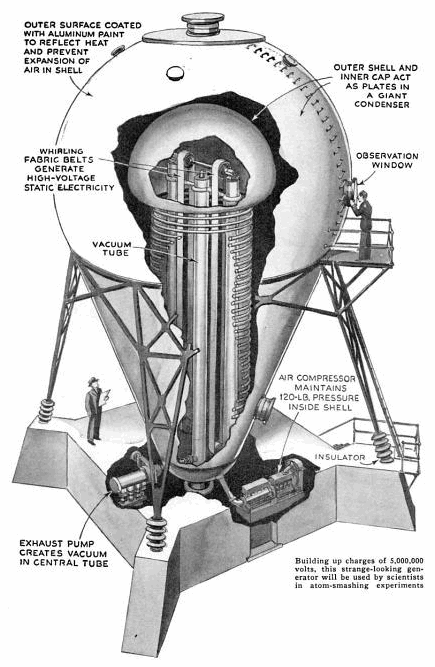
Apart from her pivotal role in disproving the Law of Conservation of Parity, Chien-Shiung Wu’s scientific career was marked by other significant research and discoveries. She made vital contributions to the field of molecular physics, particularly in the study of the molecular changes in hemoglobin associated with sickle-cell anemia.
Wu also conducted research on the physics of the atmosphere and the behavior of xenon, enriching our understanding of these areas. Her extensive work in beta decay provided valuable insights into weak interaction, one of the four fundamental forces in physics. Throughout her career, Wu was not just a physicist conducting experiments; she was a trailblazer who constantly pushed the boundaries of our scientific knowledge, contributing to a deeper and more comprehensive understanding of the physical world.
Taking a Closer Look at the Nobel Prize Controversy
As noted above, the 1957 Nobel Prize in Physics was awarded to Tsung-Dao Lee and Chen-Ning Yang for their theoretical work in discovering the violation of the principle of parity conservation in weak nuclear reactions. This principle, a cornerstone in the physics community, posited that laws of physics should be the same, or invariant, in a mirror-image universe.
The groundbreaking nature of Lee and Yang’s work lay in their suggestion that the weak force, one of the four fundamental forces of nature, did not adhere to this principle. However, it was Chien-Shiung Wu’s experimental work that empirically demonstrated this violation. Her meticulously designed and executed experiment on the beta decay of cobalt-60 atoms provided the necessary evidence that cemented the theoretical work of Lee and Yang.
The Nobel Prize for this discovery marked a significant shift in the understanding of fundamental physics, but Wu’s absence from the list of laureates raised questions and highlighted issues in the recognition of scientific contributions.
Gender Dynamics and Biases in the Scientific Community
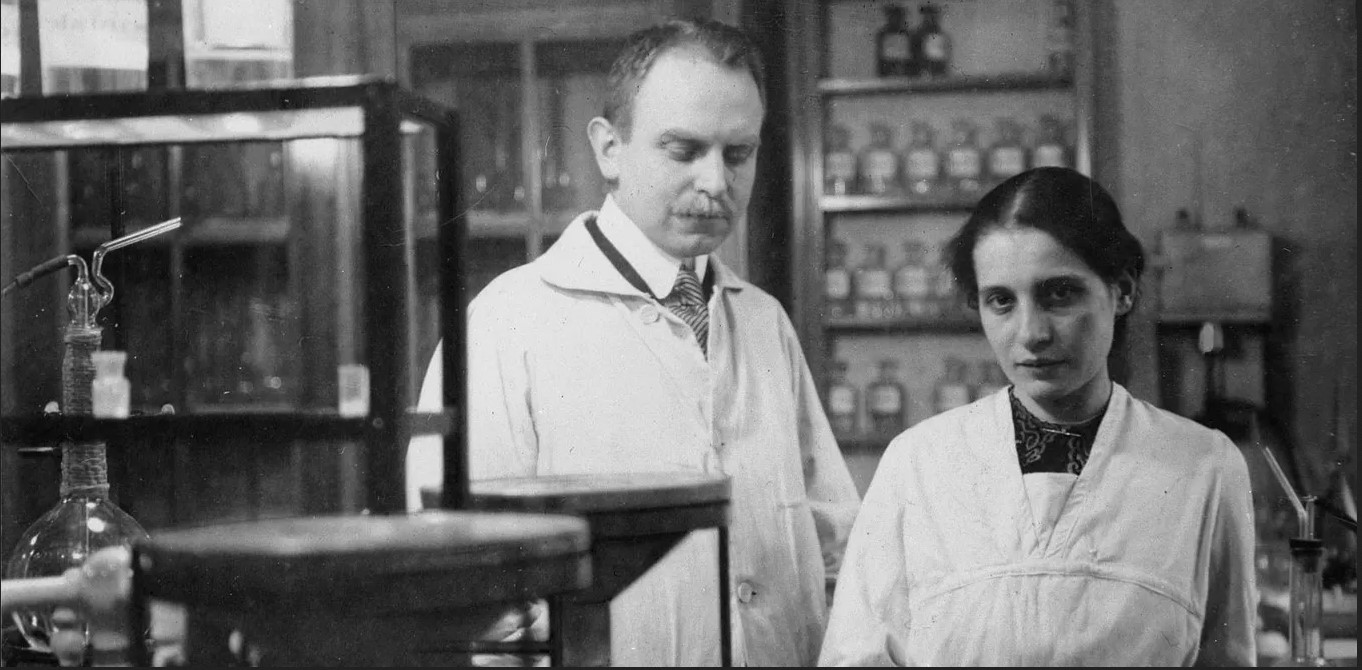
Despite Chien-Shiung Wu’s indispensable role in the experimental verification of parity non-conservation, her contributions were not recognized with the Nobel Prize, which went solely to the theorists Lee and Yang. Wu’s exclusion is often cited as one of the most glaring oversights in the history of the Nobel Prizes.
Ignoring Chien-Shiung Wu in the 1957 Nobel Prize was not an isolated incident but part of a broader pattern of gender biases in the scientific community, particularly evident during the mid-20th century. This era, while marked by significant scientific advances, also saw numerous women scientists not receiving adequate recognition for their contributions.
Pioneers like Lise Meitner, who played a key role in the discovery of nuclear fission, and Rosalind Franklin, whose X-ray diffraction images of DNA were critical to the understanding of its structure, are notable examples. These women, like Wu, made seminal contributions to their respective fields but were overshadowed by their male counterparts in terms of recognition and accolades. This systemic undervaluation of women’s work in science reflects the gender dynamics of the time, where women had to navigate a predominantly male-dominated field that often failed to acknowledge their contributions on an equal footing.
Wu’s Impact and Legacy in Physics
Chien-Shiung Wu’s contributions to nuclear and particle physics had a profound and lasting impact on the scientific world. Her experimental work, especially the demonstration of parity non-conservation, revolutionized our understanding of the fundamental forces in nature. This breakthrough opened new avenues in the study of particle physics, influencing subsequent research and discoveries in the field.
Beyond her specific scientific contributions, Wu’s career stands as a testament to the importance of experimental physics. Her meticulous approach to experimentation and her ability to translate theoretical physics into concrete, testable experiments set a high standard in the scientific community.
Wu’s influence extended beyond her immediate field, inspiring a generation of physicists and contributing to a broader understanding of the scientific process. Her legacy is one of rigorous inquiry and the relentless pursuit of truth, characteristics that have become integral to the ethos of modern physics.
Beyond the Nobel Prize: Wu’s Awards and Honors
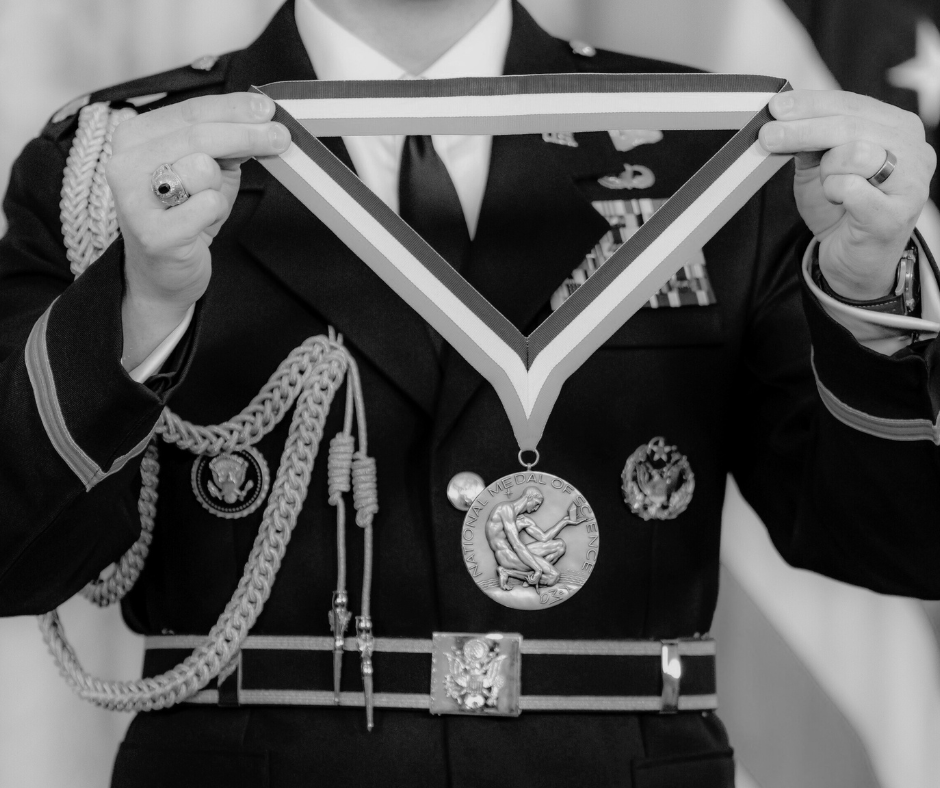
Throughout her illustrious career, Chien-Shiung Wu received numerous awards and honors that reflected her outstanding contributions to physics. Notably, she was awarded the National Medal of Science in 1975, one of the highest honors given by the United States government to scientists. Wu was also the first woman to receive the Research Corporation Award in 1958 and the Cyrus B. Comstock Award of the National Academy of Sciences in 1964. She later received the Wolf Prize in Physics from Israel’s Wolf Foundation.
Her election as a member of the National Academy of Sciences in 1958 and as the first female president of the American Physical Society in 1975 were significant milestones. These accolades, among others, acknowledge her pioneering work and her status as one of the leading physicists of her time. They serve as a formal recognition of her scientific achievements and her groundbreaking contributions to the world of physics.
Her Role as a Mentor and Advocate for Women in Science
Beyond her scientific achievements, Chien-Shiung Wu was a passionate mentor and advocate for women in science. She was acutely aware of the challenges and biases faced by women in a male-dominated field and dedicated herself to supporting and encouraging young female scientists. Wu actively worked to create opportunities and foster environments where women could excel in scientific careers.
Wu’s commitment to education and advocacy had a ripple effect, empowering a new generation of women to pursue careers in physics and other scientific disciplines. Her efforts in promoting gender equality in science were not just about addressing the disparities of her time; they were about laying the groundwork for a more inclusive and equitable scientific community.
Wu’s legacy as a mentor and advocate is as significant as her scientific contributions, marking her as a trailblazer who not only advanced our understanding of the physical world but also worked tirelessly to ensure that future generations of scientists would be more diverse and representative of society at large.
Chien-Shiung Wu: Beyond the Laboratory
Beyond her professional achievements, Chien-Shiung Wu was a person of diverse interests and a life rich with experiences outside the laboratory. Born and raised in China, she carried with her a deep appreciation for her cultural heritage throughout her life. This cultural background influenced her worldview and approach to her work, blending Eastern philosophical perspectives with Western scientific methods.
Wu was known for her love of music and gardening, hobbies that provided her with a sense of balance and tranquility amidst her demanding scientific career. Her personal life was marked by a strong sense of family and community.
She married physicist Luke Chia-Liu Yuan in 1942, and they had a son, Vincent Yuan, who also pursued a career in physics. Wu’s personal interests and her family life played a crucial role in shaping her as a scientist and as a person, providing her with perspectives and experiences that enriched her scientific work and approach to problem-solving.
Involvement in Science Education and Advocacy
Chien-Shiung Wu’s commitment to science extended well beyond her research; she was deeply involved in science education and advocacy, particularly for women and minority scientists. Recognizing the challenges she faced in her own career, Wu became a vocal advocate for greater inclusion and diversity in the scientific community.
She was known for her passionate lectures, both in academic settings and to the public, where she often encouraged young people, especially girls, to pursue careers in science. Wu actively sought to create opportunities for underrepresented groups in science, understanding that diversity in perspectives and backgrounds leads to richer and more innovative scientific discourse.
Her work in this area was both a reflection of her personal experiences and a continuation of her commitment to the scientific community. Wu’s legacy in science education and advocacy remains a vital part of her overall impact, demonstrating her dedication to shaping not only the field of physics but also the future generation of scientists.
Why It’s So Important to Recognize and Celebrate the Work of Women Scientists
Chien-Shiung Wu’s story is a significant chapter in the broader history of women in science, a narrative marked by extraordinary contributions often overshadowed by systemic biases. Her journey parallels those of many pioneering women who broke barriers in their respective fields yet faced numerous challenges due to their gender.
Wu’s career unfolded in an era when women’s roles in science were largely marginalized, and their contributions were frequently under-recognized. Her experiences, from the struggles to gain equal footing in a male-dominated field to the Nobel Prize oversight, echo the stories of other women scientists like Rosalind Franklin in biology and Lise Meitner in physics.
However, Wu’s story is not just one of struggle; it is also a tale of resilience and triumph. Her achievements and the recognition she did receive, despite the barriers, illustrate the gradual shift towards acknowledging the vital role women play in scientific advancements. Wu’s legacy, therefore, is intertwined with the history of women in science, highlighting both the challenges they have faced and the progress that has been made.
Ongoing Issues of Gender Bias in Science and Wu’s Legacy
The issue of gender bias in science, while it has seen improvements, remains a persistent challenge in the modern context. The underrepresentation of women in certain scientific fields, disparities in funding and resources, and the gender gap in academic leadership positions are indicative of the systemic barriers that still exist.
Chien-Shiung Wu’s legacy is particularly relevant in the ongoing efforts to address these issues. Her perseverance in the face of gender bias, her excellence in a male-dominated field, and her advocacy for women in science serve as a powerful inspiration and a call to action. Today, many initiatives and organizations dedicated to supporting women in science draw upon the lessons learned from the experiences of Wu and her contemporaries.
Efforts to create more inclusive and equitable scientific communities are part of her legacy, inspiring current and future generations of scientists to continue breaking barriers and challenging biases. Wu’s story, therefore, is not just a historical account but a relevant and motivating force in the continuing journey towards gender equality in science.




